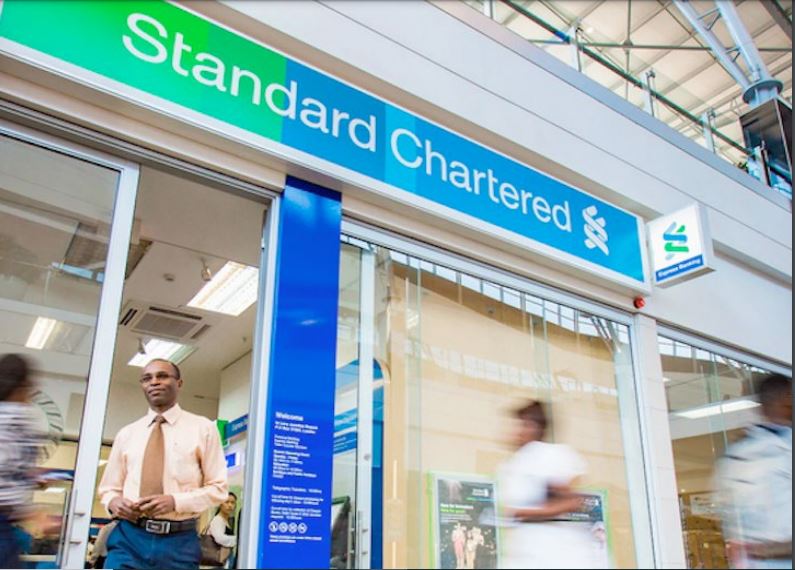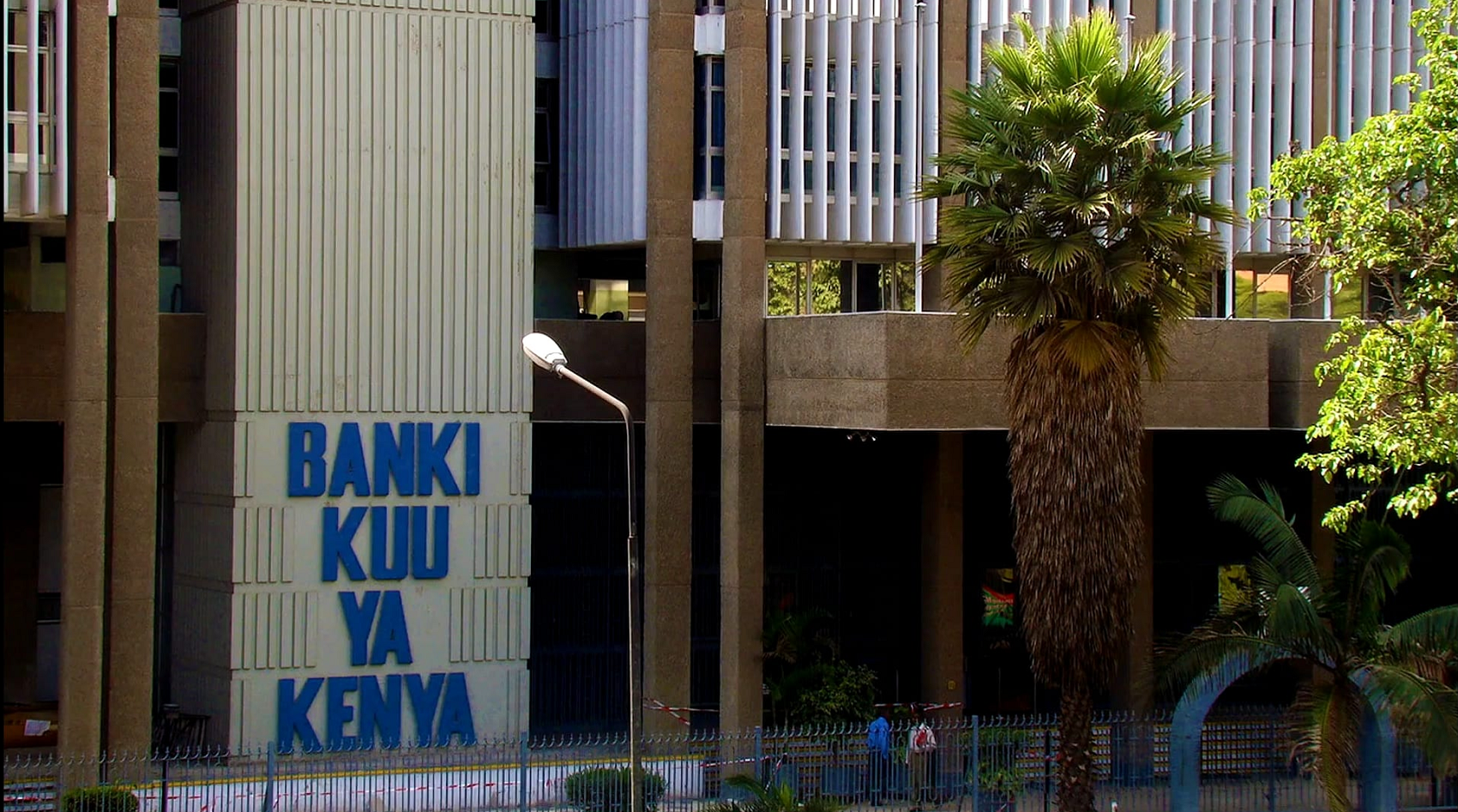Banking Industry Performance: Banks remains stable despite being pummeled by Covid-19 pandemic, a report by the Kenya Bankers Association (KBA) shows, signaling a not-so-rosy outlook for bankers as the economy continues to grapple with the Coronavirus. The The State of Banking Industry in Kenya 2021 report launched by KBA on 27th July, shows overall profitability and contributions to the national budget declined to a nine-year low in 2020 on the back of the COVID-19’s negative impact on the economy.
Most hit were trade, manufacturing and agriculture sectors, where banks have restructured a majority of assets. But separate report by Central Bank of Kenya (CBK) shows bank lending to micro, small and medium-sized enterprises rose by 42% between 2017 and 2020 to stand at Ksh638.3 billion by December 2020, up from Ksh413.9 billion in December 2017. This is an indication that SMEs have been more resilient in the pandemic era.
According to the KBA report, banks’ profits before tax dropped 30%, the lowest level since the year 2012. The report attributes the decline to a depressed economic performance and quality of assets held by banks during the year.
In the period under review, provisioning for loan losses increased by 47.5% to Ksh198.1 billion from Ksh134.3 billion in 2019, with loan loss accommodations absorbing 45.7% of non-performing loans, compared to 40.2% in 2019. The industry’s average return on assets declined to 2%, faster than trend declines noted over the past few years. In addition, the industry’s average return on equity scaled down to 13.3% from an average of 21.1% recorded in 2019.
Compared to other sectors, the banking industry’s financial performance in 2020 saw a lower total income growth following rising operating costs largely driven by increased expenses on loan loss provisions. The industry’s net interest margin also dipped marginally as the cost of funding, on average, remained largely unchanged. These developments differed across bank sizes.
See >> Kenyans Scared of Banks Opt For Unusual Options
Despite the growth slowdown, the industry continued to withstand market shocks arising from the pandemic. The KBA report indicates that the sector’s outlook for the year 2021 is stable, supported by adequate capitalization and liquidity levels. The industry’s total capital adequacy ratio rose to 19% in 2020 from 18.8% in 2019, above the statutory minimum requirement of 14.5%, supported by an increase in total capital which outpaced the growth in total risk-weighted assets during the period.
KBA Chief Executive Officer, Dr Habil Olaka, said the banking sector players will continue to review and enhance their business models, seeking to leverage on frameworks that promise efficiency gains, particularly through adoption of technology-based innovations.
“Cognizant of market risk, growing competition, increasing sophistication of customer expectations, as well as the dynamism in the regulatory environment, the overarching challenge for the industry is to continue investing resources towards remaining at the frontier while underpinning economic recovery,’’ said Dr Olaka.

The banking sector’s total assets expanded by 12.4% in 2020 to Ksh5.4 trillion from Ksh4.8 trillion in 2019, driven by a faster expansion in non-loan assets — mainly investments in government securities — which grew by 18.5% as gross loans and advances rose by 6.7%.
Net loans and advances increased by 9.1% in 2020 to close at Ksh2.93 trillion from Ksh2.63 trillion in 2019. However, the asset composition saw minimal changes in the year.
Meanwhile, the banking system’s deposits maintained a strong growth trajectory, expanding by 13.1% up from 8.3% in 2019 to close at KSh4.11 trillion. This was reflective of asset reallocation driven by high uncertainty. The buildup of deposits during the year outpaced gross loans growth, enhancing liquidity in the banking system.

KBA Research and Policy Director Dr Samuel Tiriongo said analyses of banks’ tax contribution showed the industry contributed KSh42.4 billion in 2020 down from KSh55.4 billion in 2019, largely reflecting the depressing effects of the pandemic on incomes.
“While this represents a 23.6% drop in the tax contribution, it highlights the extent to which the sector would have contributed more to tax revenue had it not borne most of the weight of supporting other sectors of the economy. In fact, the implicit tax rate of the industry rose to 39.1% in 2020 from 35.7% in 2019,’’ said Dr Tiriongo.













Leave a comment